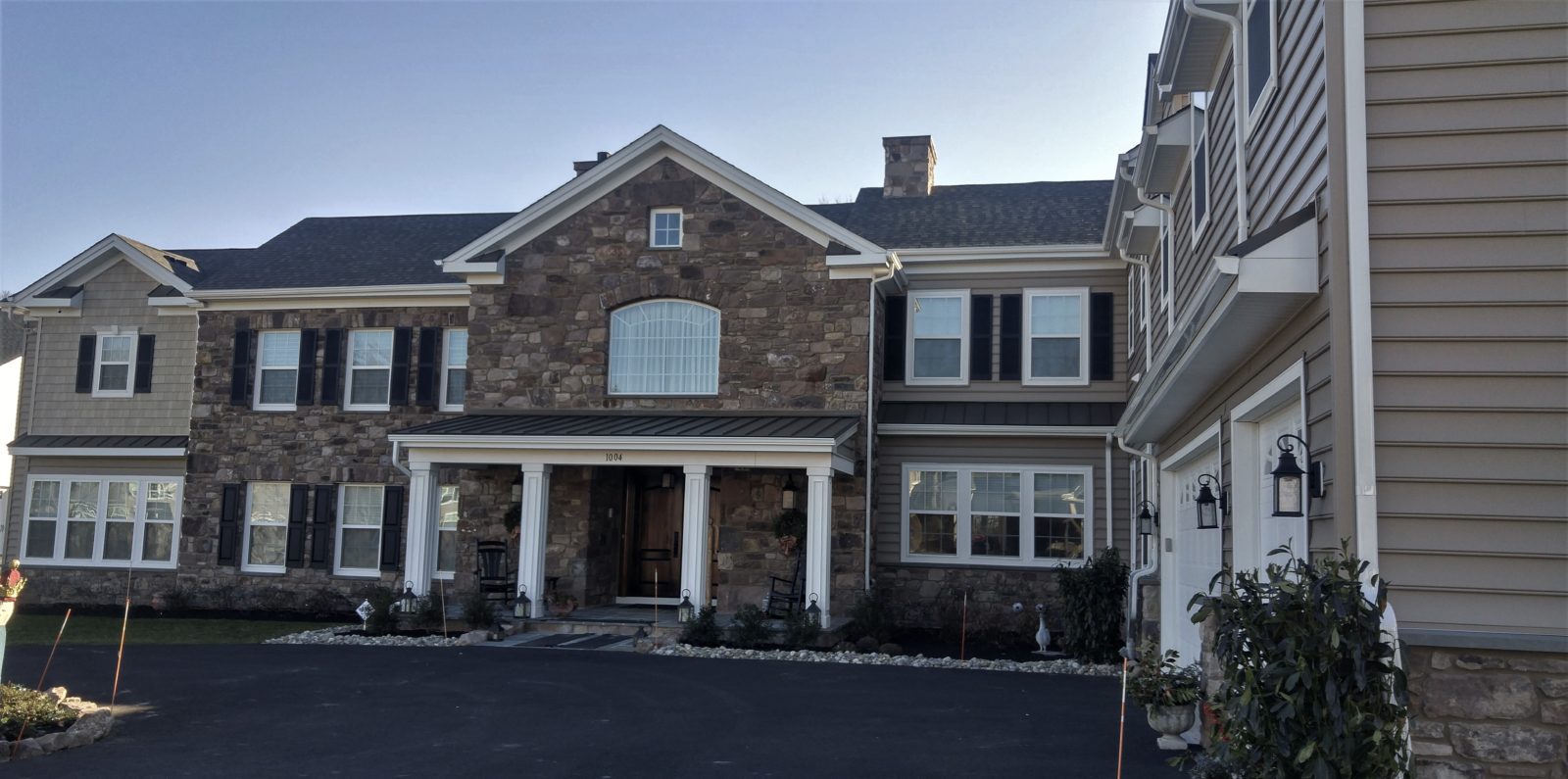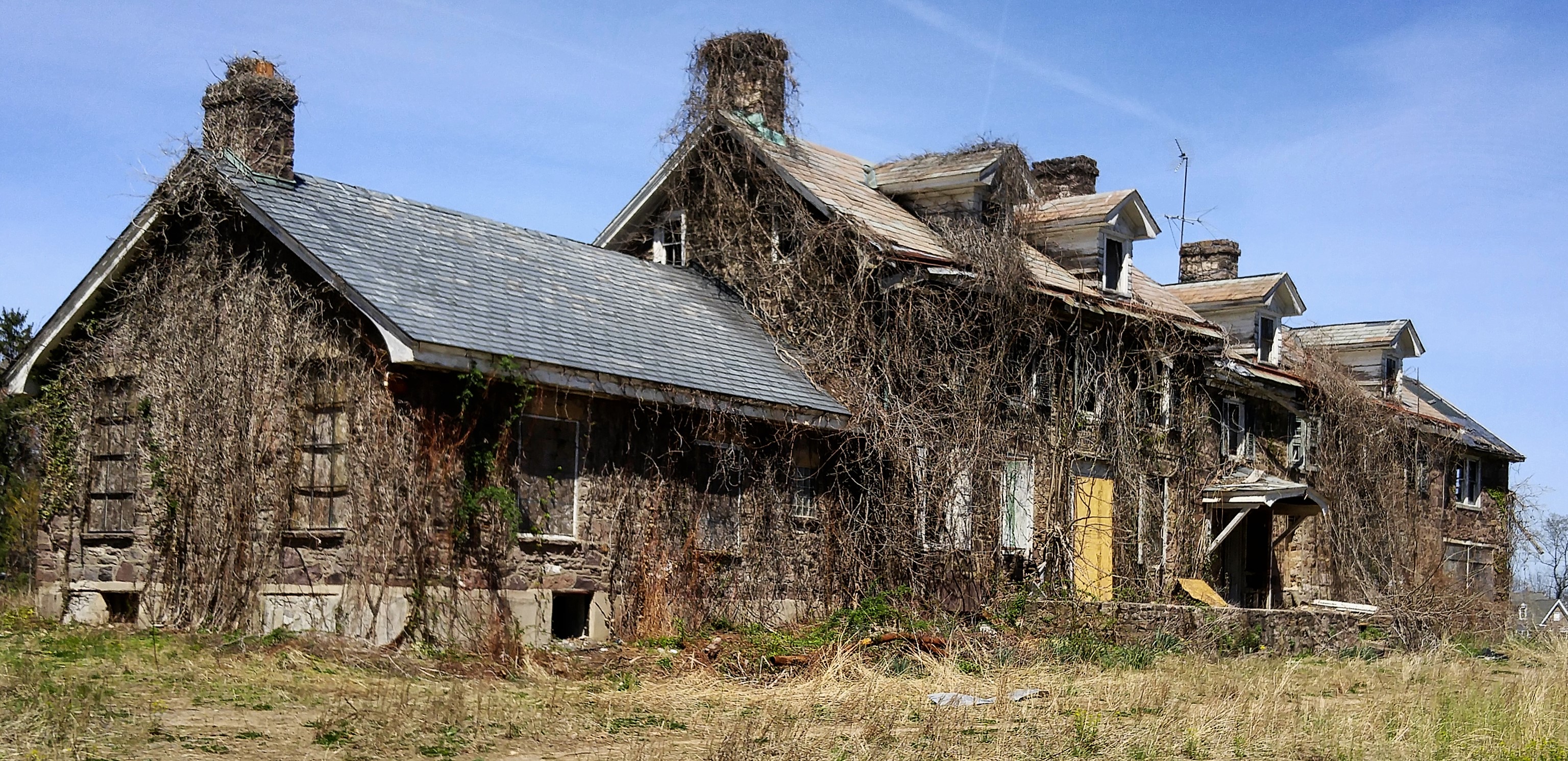
The ‘ghost house’ at Scammell’s Corner recaptures its former glory in Lower Makefield.
Not long ago, the old Scammell Mansion was the ghost house of ghost houses in the view of me and my family. The once glorious estate up the road from Yardley was a sight to behold near the intersection of Langhorne-Yardley and Newtown-Yardley roads. Century-old wisteria vines had strangled the two-story, brownstone manor house, an odd juxtaposition among $800,000-plus homes going up around it.
Given it’s pedigree dating to 1765, the house saddened Lower Makefield history buffs. “It’s demolition by neglect. It makes me want to cry,” said Kaaren Steil, chairwoman of the township’s historical review board when we met two years ago.
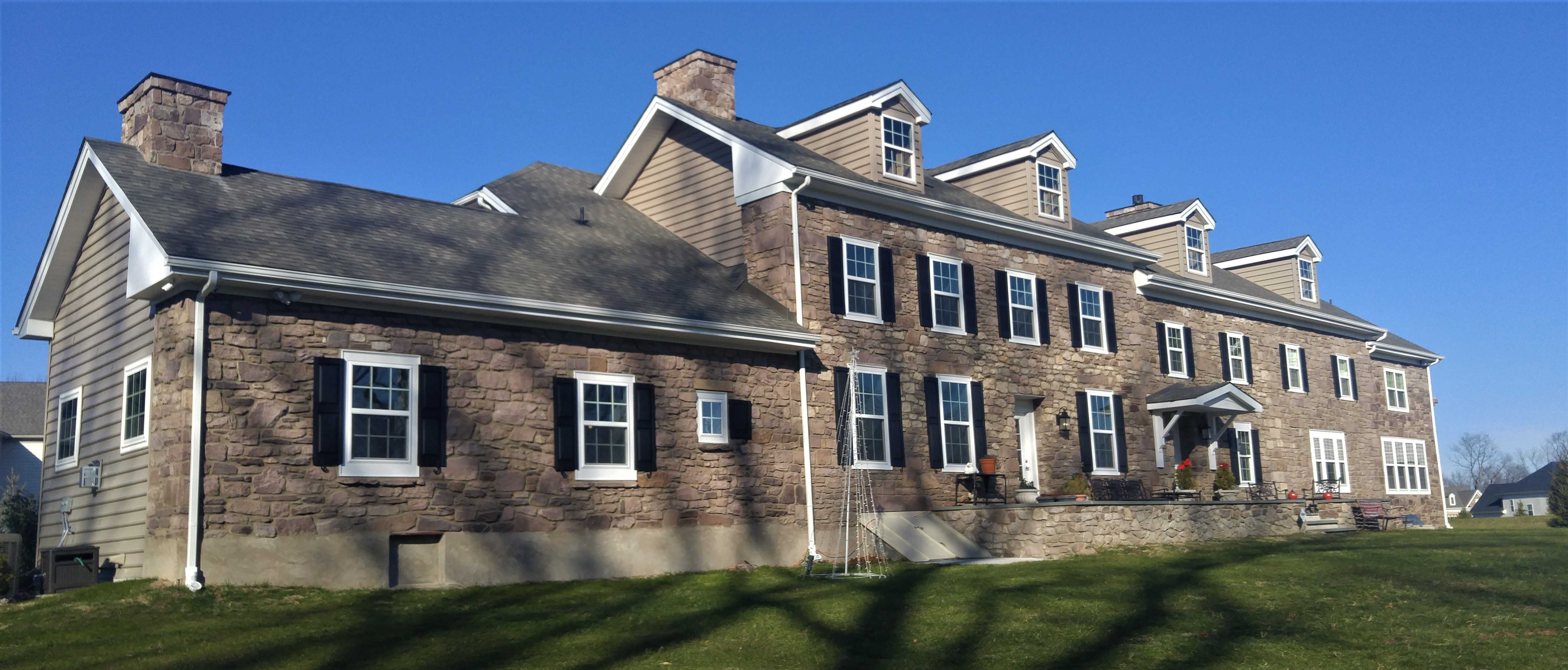
It was about that time that Dr. Elaine Torres-Melendez, a local prosthodontic specialist, and husband Gerry Melendez, a retired Army electrical engineer and now a consultant, considered buying one of the new Colonials going up in J.P. Orleans’ Scammells Corner Estates. The dilapidated old mansion intrigued the couple though vandalism and weathering had taken a serious toll. Only the foundation, some of the interior structure and the stone exterior facade remained. Blue marble flooring had been chipped away and a rare fireplace mantel had been stolen. Nevertheless, Elaine and Gerry saw possibilities.
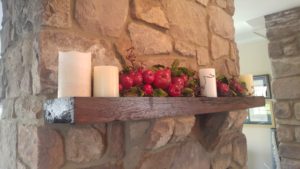
A plan to rehab the building took shape. After months of painstaking demolition and restoration, the home was reborn with nods to its historic past. Pieces of original wooden beams provide mantels for the fireplaces. Stone walls quarried locally a century ago are repointed and provide interior flourishes. Open architecture of the interior is thoroughly modern including installation of an elevator to the second floor as well as a broad staircase from the double-door entrance foyer. Hardwood floors extend throughout both floors.
“I was here every day,” said Gerry, describing the reconstruction phase while praising the craftsmanship of developer Orleans. “There was give-and-take, keeping as much as possible of the original home and rolling with the punches when necessary.”
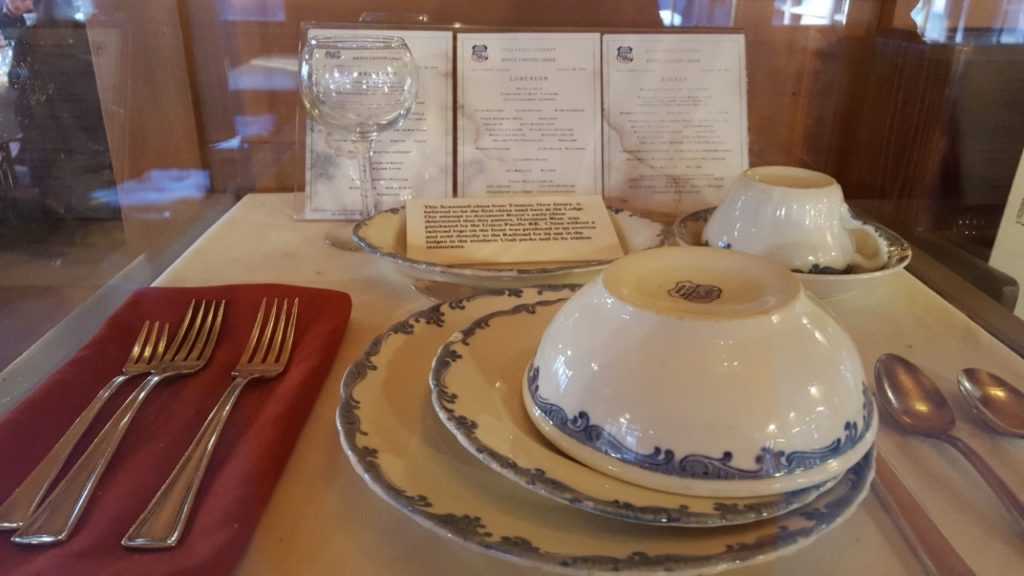
The central foyer sits on the foundation of the original stone farmhouse designed by George Clymer who signed the Declaration of Independence. John Brock built the house in 1765 on a 1,000-acre grant to the Yardley family from William Penn in 1681. In the early 1800s, Cornelius Vansant acquired the property, sold most of it and expanded the house. A century later wealthy Trenton businessman D. William Scammell bought the home and remaining 130 acres. In 1920, he added new wings, marble flooring, a great room and many amenities including an ornate fireplace mantel of a failed Trenton bank. Maids staffed the house which was the first in the area to have electricity.
Scammell founded the Scammell China Company of Trenton, providing custom dinnerware to top-rated hotels and railroads worldwide. Tall for his time at 6-feet, 2-inches, he favored imported wool suits, cashmere hats and silk ties. In his finest golf attire, he frequently drove through Yardley in his beloved Pierce Arrow luxury convertible with golf clubs protruding from the backseat.
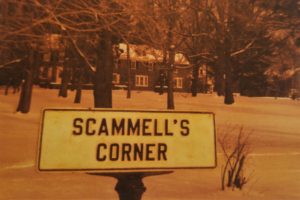
Scammell and wife Meta raised four children at “Scammell’s Corner”, a well-cared-for estate that hosted weddings, reunions, Junior League parties and Rotary Club picnics. After Scammell died in 1952 at age 71, the family retained ownership until 1980 when heirs sold it to a New Jersey private school hoping to relocate. When the township blocked the move, the family sold to a Yardley attorney. That same year, the Bucks County Conservancy listed the mansion for historic preservation. Lower Makefield also placed a “facade easement” to prevent the house from being torn down.
The tract flipped several times while remaining vacant and unguarded for three decades. Finally J.P. Orleans took over. Buyers expressed no interest in the Scammell house. Rooms acceptable in the 1920s were too small by today’s standards. Furthermore, the task of rebuilding was enormously expensive.
Fortunately, Elaine and Gerry came along just as Orleans was putting finishing touches on its 16-home neighborhood. The couple moved in last July. A few weeks later there was a knock at the door. It was a tall older man. Bob Scammell was the last of the family to leave the area. The couple welcomed him inside to see the transformation. “For him it was going down Memory Lane,” explained Gerry. “He cried when we came to the great room. He told us that was where his grandfather’s body was laid out before his burial.”
The mansion’s rebirth “is certainly a relief,” Scammell told me recently. Local preservationists are thankful as well. “Having been vacant for 30 years, I am pleased to see that this home built in the 1700s is now occupied,” said Christa McConaghy, the new chairwoman of the historical review board. “The facade being kept helps to maintain the historic feel of the home and keeps the Scammell family heritage a part of our community.”
Sources include a history of the Scammell family in “From Earth to Art: The History of the Lamberton Works” by Larry R. Paul published in 2013.

